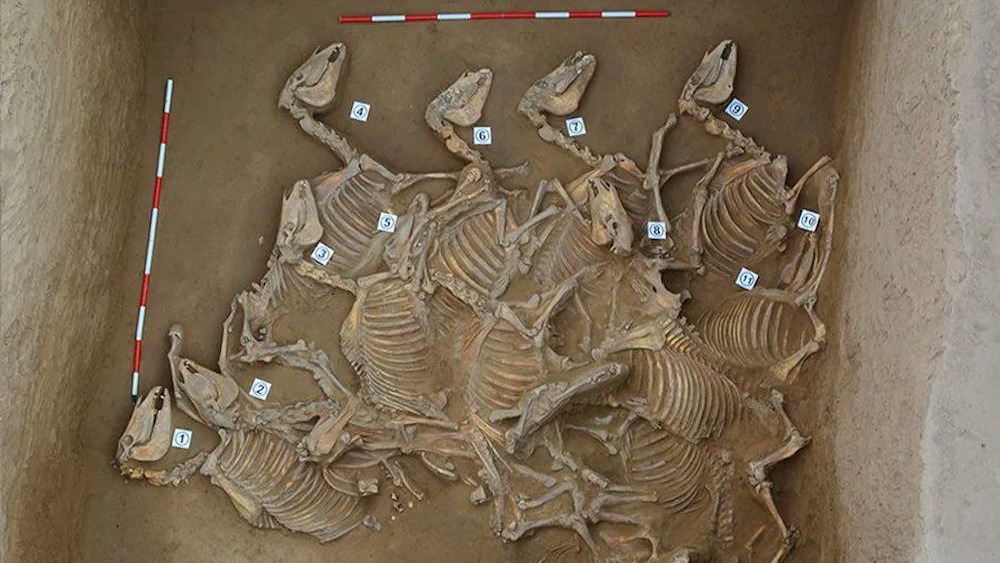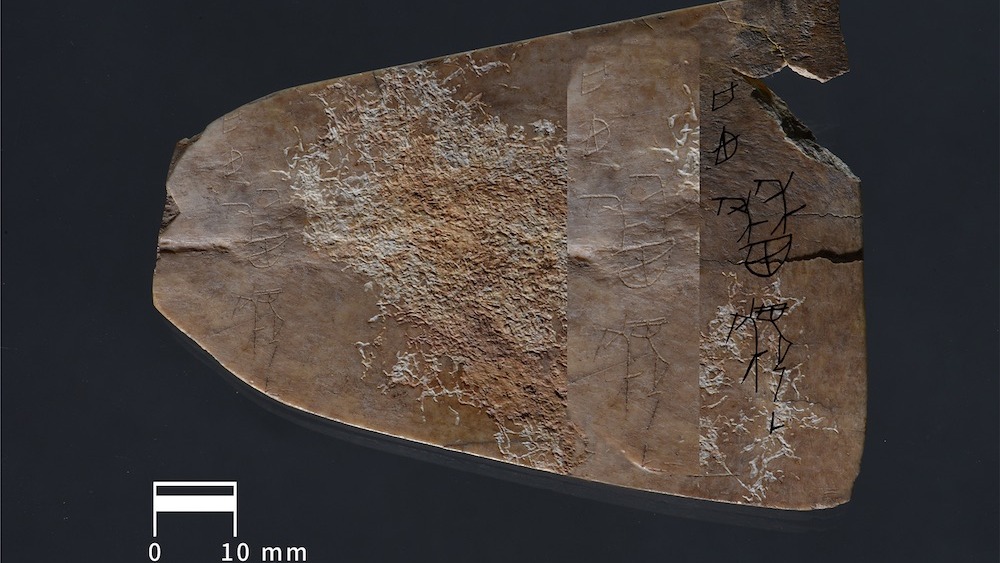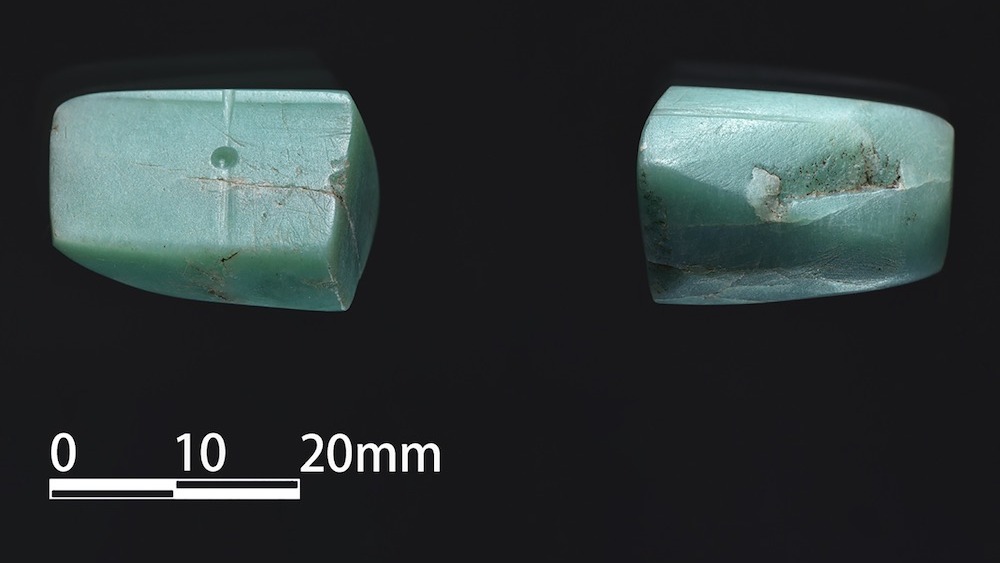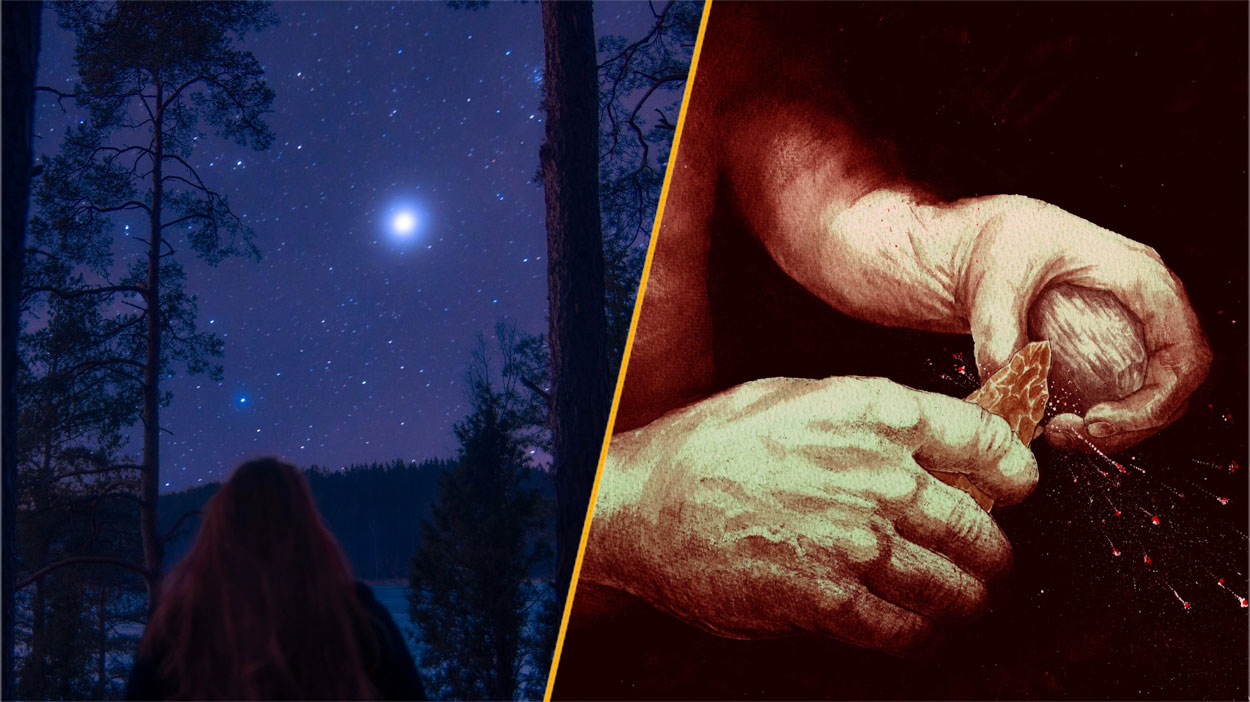Sacrificial pits filled with 120 horse skeletons found in Bronze Age city in China
The walled city likely served as a political and cultural hub in Bronze Age China.

Archaeologists in China have discovered the remains of a walled Bronze Age city that once contained a palace, moat, cemeteries, sacrificial pits, pottery workshops and a bronze-casting foundry.
The ancient city, known as Yaoheyuan, was situated in the foothills of the Liupan Mountains in northwestern China. It was once a political and cultural powerhouse that was prominent during the Western Zhou Period, a historical time in Chinese history that stretched from 1045 B.C. to 771 B.C. during the Zhou dynasty, according to a study published Aug. 3 in the journal Antiquity.
Although there are other Bronze Age sites dotting this part of the country, archaeologists consider Yaoheyuan the likely regional hub at this time based on the breadth and variety of structures unearthed during excavations.
Related: Complete Bronze Age town with elite tombs discovered in northern China
Human and animal sacrifices were common practice at Yaoheyuan, evidenced by the abundance of tombs containing the remains of disarticulated human bones, horses, oxen, goats, sheep, chicken, dogs and rabbits buried alongside humans. Researchers discovered six sacrificial pits containing horses stacked in layers, with some of the skeletons broken into segments, indicating that the animals were likely dismembered before being thrown in. All told, archaeologists found the skeletons of 120 horses, including several foals.
"The sacrificial burial and consumption of horses point not only to the wealth and status of the Yaoheyuan polity but also the availability of horses in this region," the authors wrote in the study. "Horses were one of the most important resources in northwest China during the Western Zhou period."
Archaeologists also discovered the first known bronze-casting site of the Western Zhou period, replete with sludge tanks, or leftover heaps of a clay mixture once used to make molds, kilns and building foundations.
Get the world’s most fascinating discoveries delivered straight to your inbox.
In addition, researchers unearthed a variety of artifacts scattered throughout the site, including ceramic molds, jade and stone objects, lacquerware, celadon (green-glazed) vessels and bones engraved with more than 150 different ideograms, or a symbol representing a word, that are similar to Chinese characters.
Excavations immediately outside the walled city revealed the remains of houses, ash pits, storage pits, kilns and roads, while inside the city walls researchers discovered an intricate network of canals and channels crisscrossing the community.
Up until now, few studies have focused on the Western Zhou and this region in particular, and further research is necessary to better understand Yaoheyuan's place during this time period and its relationship with other parts of China, the authors noted.
"These unparalleled finds provide significant new evidence with which to examine the political and cultural landscape of northwest China and, more broadly, to reassess the relationships between centers and peripheries during the Chinese late Bronze Age," the authors wrote.
Jennifer Nalewicki is former Live Science staff writer and Salt Lake City-based journalist whose work has been featured in The New York Times, Smithsonian Magazine, Scientific American, Popular Mechanics and more. She covers several science topics from planet Earth to paleontology and archaeology to health and culture. Prior to freelancing, Jennifer held an Editor role at Time Inc. Jennifer has a bachelor's degree in Journalism from The University of Texas at Austin.




